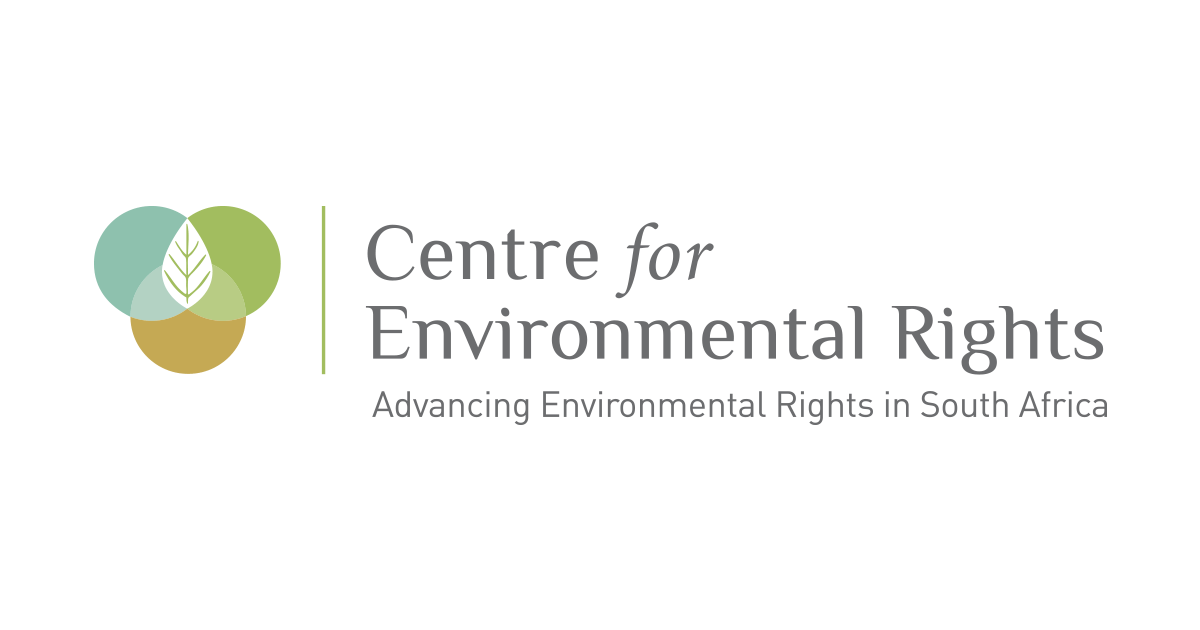©️ graphic Eskom loadshedding
The post Vested interests keep load-shedding alive is @ ‘CER in the Media‘
by Bianka Neethling – The government’s vested interest in using only coal-fired power plants to generate South Africa’s electricity is preventing the country from installing renewable energy projects that could solve load-shedding.
This is the view of the Centre for Environmental Rights’ (CER) acting head of the pollution and climate change programme, Brendon Abdinor.
Abdinor’s comments come after South Africa’s Presidential Climate Commission dismissed a report that said modelling shows that the country will miss its 2030 emissions reduction target, saying that no such forecasting exists.
Reuters reported that as South Africa is considering keeping some coal-fired power plants open for longer than initially planned to ease recurrent power outages, the nationally determined contribution will be missed.
Abdinor told 702 that South Africa needs to do a full cost-benefit analysis of the cost of keeping all the country’s coal-fired power plants running.
Currently, coal-fired plants supply more than 80% of the country’s power.
The country has spent billions constructing and maintaining these coal-fired power plants, yet they do not produce enough electricity to keep up with demand.
This has meant that Eskom has had to spend billions more on diesel to keep up with the demand.
In its latest results, the utility revealed that it had spent R30 billion on diesel in the 2023 financial year.
In addition to these sunk costs, Abdinor said South Africa’s refusal to transition from coal power to renewable energy could compromise the country’s access to climate finance in the future.
In addition, he pointed to the cost of life and health that comes from mainly using coal-fired energy.
Eskom recently revealed that the pollution from its coal-fired plants kills about 330 people a year.
National Treasury told Parliament’s Standing Committee on Appropriations in September that emissions from Eskom’s coal-fired power plants have significantly increased over the last year despite the utility’s R67 billion emission reduction plan.
“So we’re talking about huge amounts. Never mind the disaster management costs and the cost of maintaining these coal-fired power stations,” he said.
“I think it’s questionable whether it makes economic sense. Never mind the climate harms that we are trying to avoid.”
According to Abdinar, it is technologically possible to get the renewables in place to give South Africa a large portion of the supply it needs to power the country.
This was also stated in the Presidential Climate Commission’s electricity recommendation report.
He said the government’s reluctance to transition away from coal lays bare the “gunfight” currently occurring in the country’s energy space, as there are many different vested interests.
“We knew about the benefits of the switch to renewables quite a long time ago. We know that had we built just five extra gigawatts over the last five years, 96% of load shedding could have been averted,” he said.
“But there are obviously very powerful interests that want to keep the current system in place. And the bottom line is we’re not seeing the political will that we need to see to actually go in the right direction.”
While some progress was made under former Eskom CEO Andre de Ruyter, South Africa risks moving backwards in the Just Energy Transition.
“If we delay decommissioning, we are going backwards. If we continue to authorise the development of carbon-intensive projects, we are going backwards. If we keep on searching and exploring and extracting gas offshore onshore, we are going backwards,” Abdinar said.






